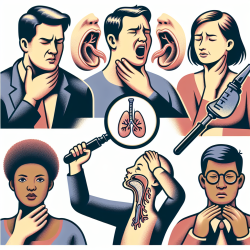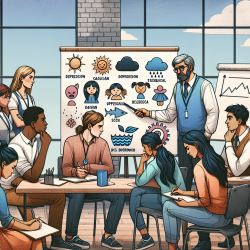Introduction
In the ever-evolving landscape of speech-language pathology, the importance of international collaboration cannot be overstated. The Agreement for the Mutual Recognition of Professional Association Credentials, signed in 2022, marks a significant milestone in the global recognition of speech-language pathologists. This agreement, involving key associations from the United States, Canada, Ireland, New Zealand, the United Kingdom, and Australia, sets a precedent for the mutual recognition of professional credentials, facilitating mobility and enhancing professional standards across borders.
The Significance of the Agreement
The agreement is pivotal in establishing a transparent and robust framework for the mutual recognition of certification and membership across international borders. It not only assists in identifying common standards of clinical competence but also promotes the exchange of knowledge related to research, continuing professional development, and emerging technologies. By doing so, it enhances the global understanding of the role of speech-language pathologists and improves the mobility of professionals with recognized credentials.
Key Provisions
- Eligibility: The agreement outlines specific categories of eligible applicants from each signatory association. These include holders of the Certificate of Clinical Competence from ASHA, certified members of SAC, and full members of IASLT, among others.
- Application Process: Applicants seeking recognition from a new association must submit a comprehensive application, including a letter of good standing from their home association, a declaration of any past professional misconduct, and evidence of language proficiency if required.
- Additional Requirements: Each association may have specific additional requirements. For instance, ASHA requires evidence of passing a national certification examination, while SAC may require demonstrated competency in dysphagia assessment.
Impact on the Profession
The mutual recognition agreement is a testament to the shared commitment of the signatory associations to uphold high standards in speech-language pathology. It simplifies the process for professionals to gain recognition in different countries, thus encouraging a more dynamic and mobile workforce. This mobility not only benefits the professionals themselves but also enhances the quality of care provided to clients worldwide.
Conclusion
By fostering international collaboration and standardization, the mutual recognition agreement is a significant step forward in the field of speech-language pathology. It underscores the importance of maintaining rigorous professional standards while adapting to the needs of a globalized world. For more detailed information on the agreement, please follow this link.










